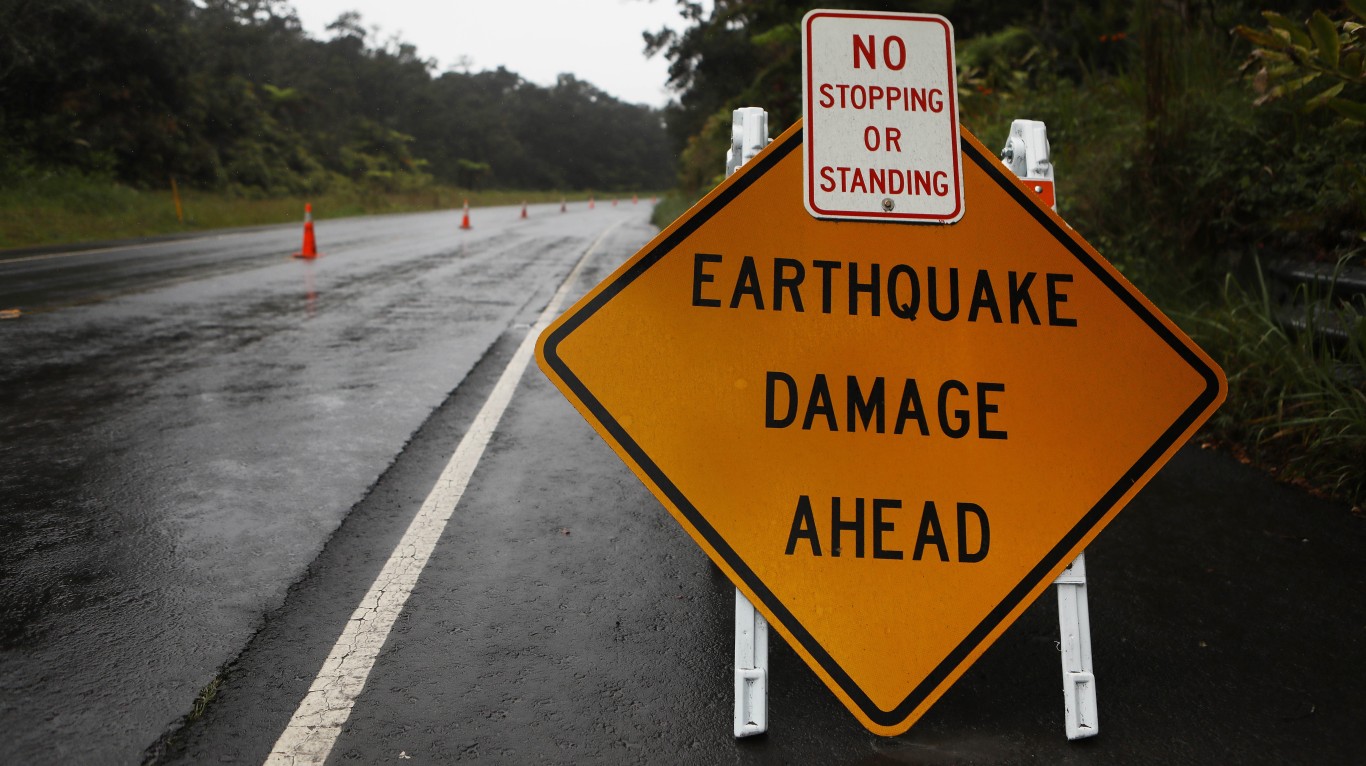
The Atlantic hurricane season started June 1 and lasts through the end of November. And it could be a doozy! The National Oceanic and Atmospheric Administration recently announced there’s an 85% chance of an above-average season, with a projected 17-25 total named storms. In this article, we will review some of the worst hurricanes on record to get an idea of how bad things could get. We’ll also review some tips from the National Weather Service to help you prepare for the worst, even as you hope for the best.
Hurricanes Affect Us All
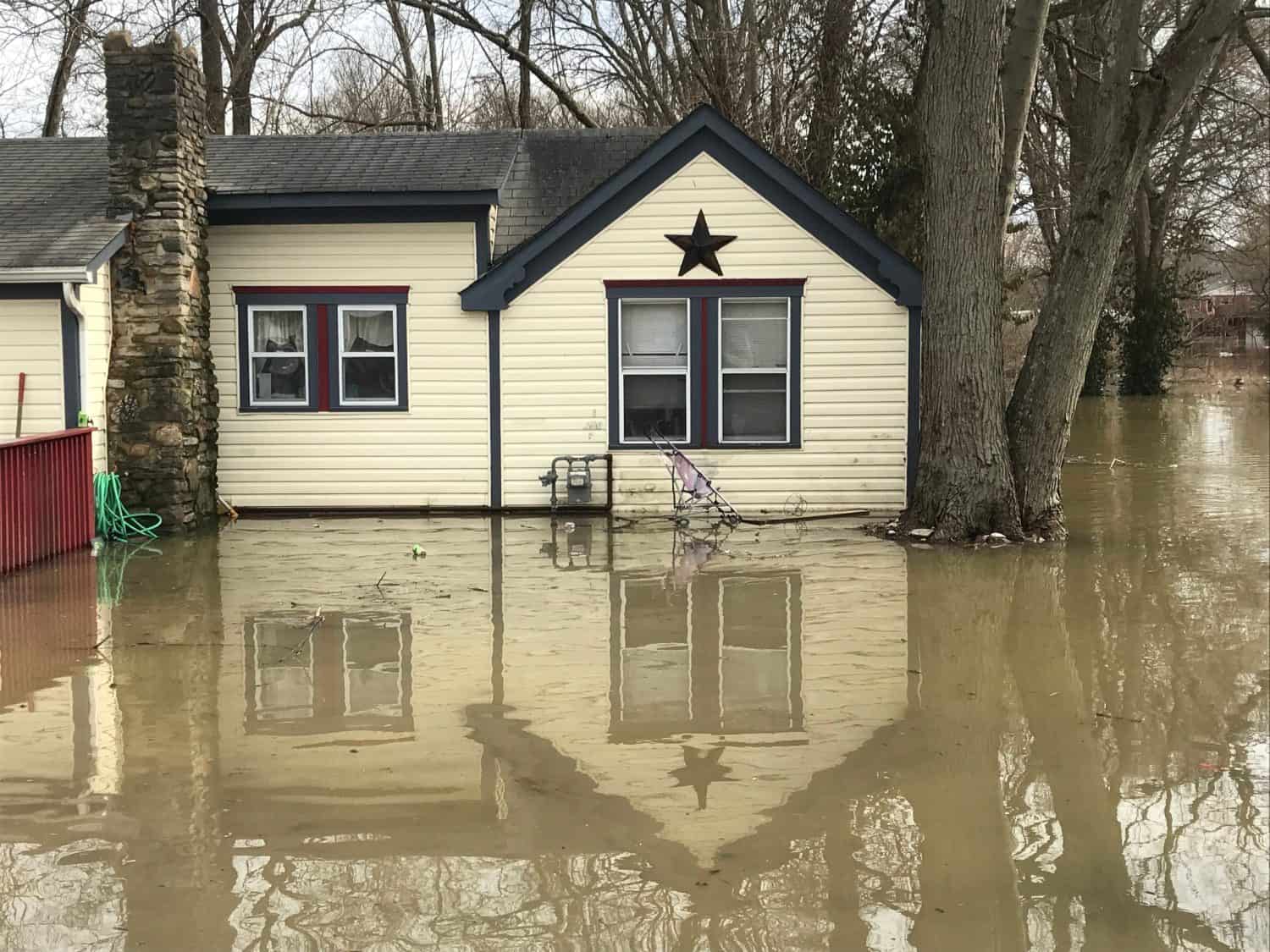
Hurricanes are the most damaging natural disasters in the United States. They’ve caused over $1.3 trillion in damage and cost 6,890 lives. Disrupted flight schedules, higher insurance rates, a greater tax burden, and national debt, disruption of supply chains, and higher food prices are just a few of the ways these major storms impact every American, regardless of where they live. And keep in mind, they can go far inland. In 2008, hurricane Ike still had 75 mph winds when it reached Ohio, causing over a billion dollars in damage and leaving 2 million people without power for days.
A little understanding of the science behind these storms and their past history can help you make smart vacation and investment plans as well as take warnings seriously and take appropriate action if you find yourself in the path of one of these storms.
Hurricanes 101
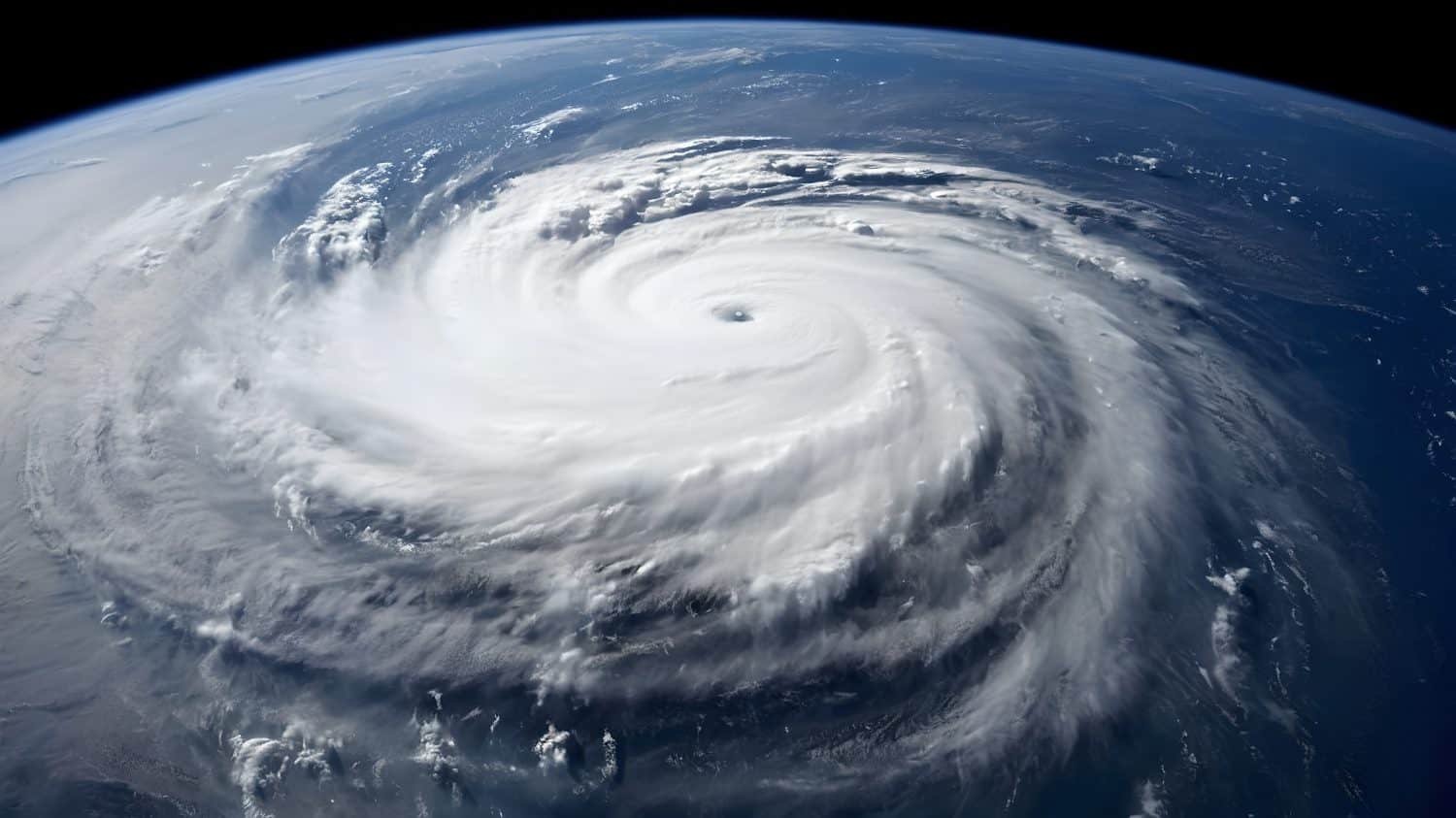
When a low-pressure system forms over warm water in the tropics, it pulls in surrounding air, lifts evaporating water high into the atmosphere, and creates towering thunderstorms. These can evolve into gigantic rotating storms that are technically called “tropical cyclones.” But conventionally they’re called hurricanes in the United States, typhoons in the Western Pacific, and cyclones in the Indian Ocean. They are the largest weather phenomenon on Earth, stretching anywhere from 300-1,000 miles across, rotating around a calm, clear center of about 60 miles wide.
Hurricane Categories
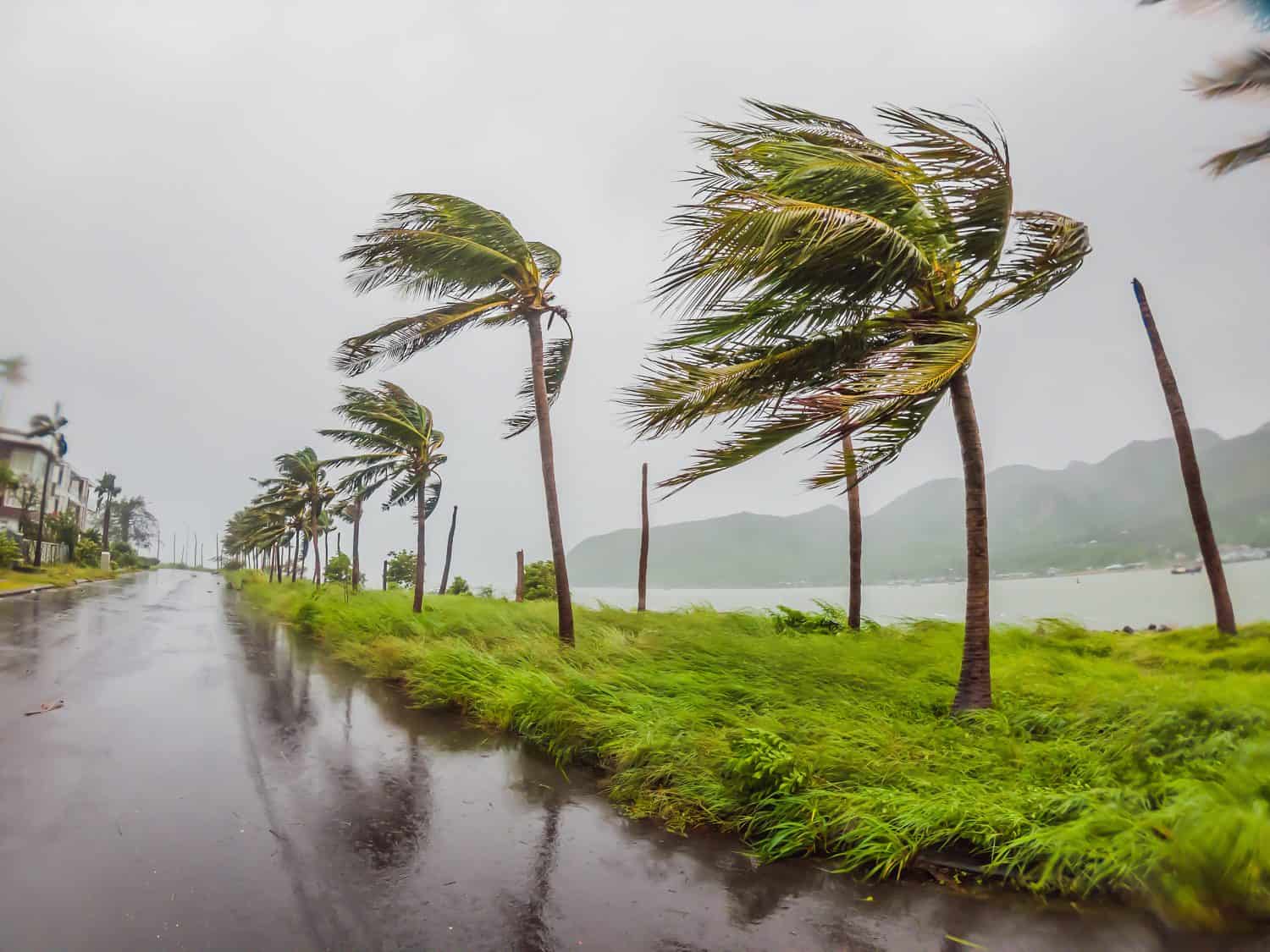
Meteorologists use a ranking system to categorize hurricanes by wind speed:
- Category 1 (Minimal damage): 79-95 mph
- Category 2 (Moderate damage): 96-110 mph
- Category 3 (Extensive damage): 111-129 mph
- Category 4 (Extreme damage): 130-156 mph
- Category 5 (Catastrophic damage): 157 mph or more
In addition to the hurricane itself, these weather systems also spawn numerous tornadoes that multiply their devastating impact.
Hurricane Damage: Wind
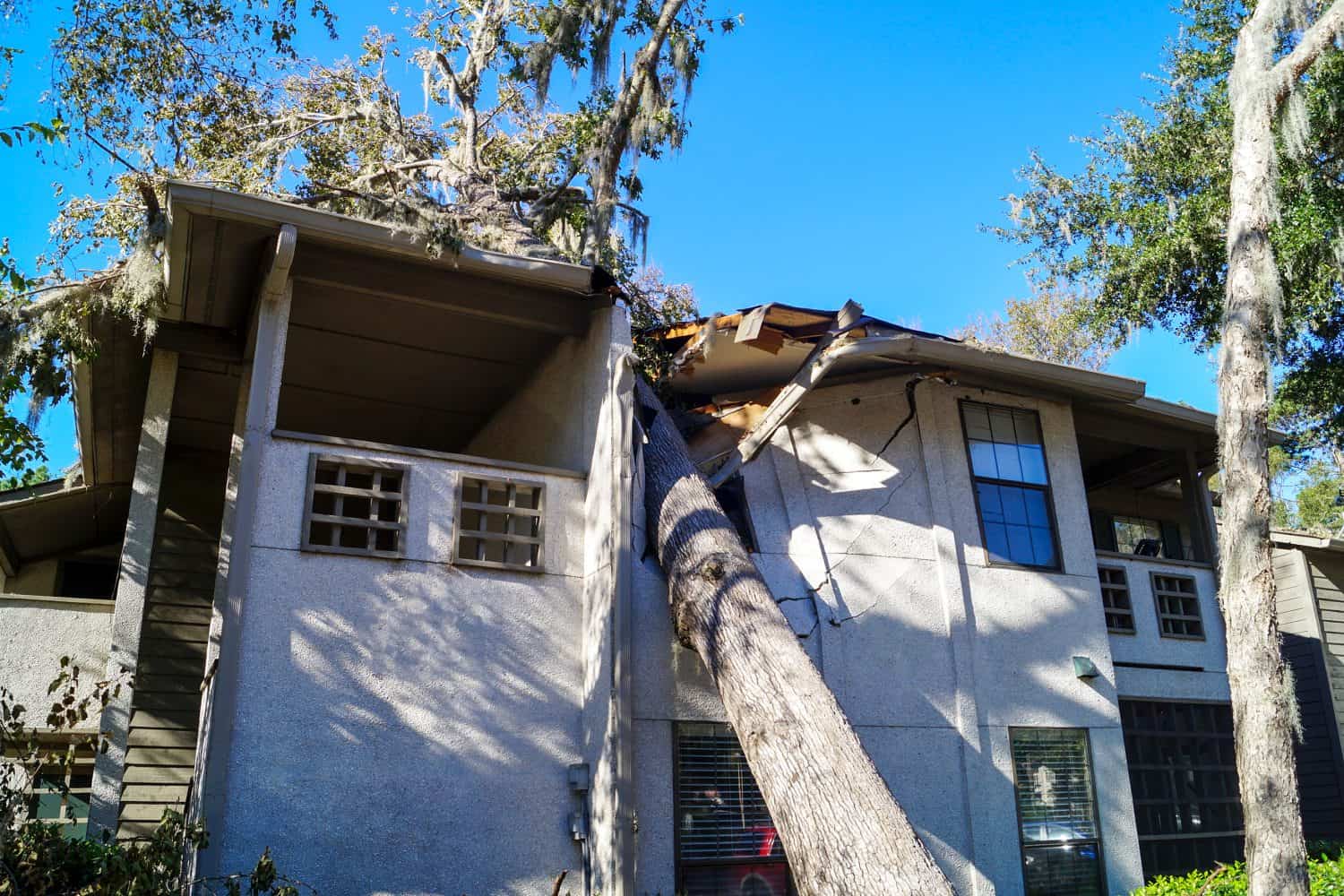
The fastest wind speed ever measured in a hurricane was 253 mph in a storm in Australia. This is as fast as an F5 tornado, which can lift houses off their foundations and disintegrate them, hurl vehicles, and strip the bark off trees. Hurricane-force winds cause fatalities when people are picked up by the wind or hit with flying debris.
Hurricane Damage: Water

Hurricanes dump an average of 6-12 inches of rain across a broad area, causing extensive flooding from overflowing rivers. In coastal areas, they cause a storm surge: an abnormally high tide that can be 20 feet or more above normal and travel far up rivers. These effects are worse when a slow-moving storm settles over an area for a long time. Most fatalities in hurricanes happen from drowning as people are unable to get to high ground in time or underestimate the strength of floodwaters and try to wade or drive through them.
Hurricane Damage: Accidents
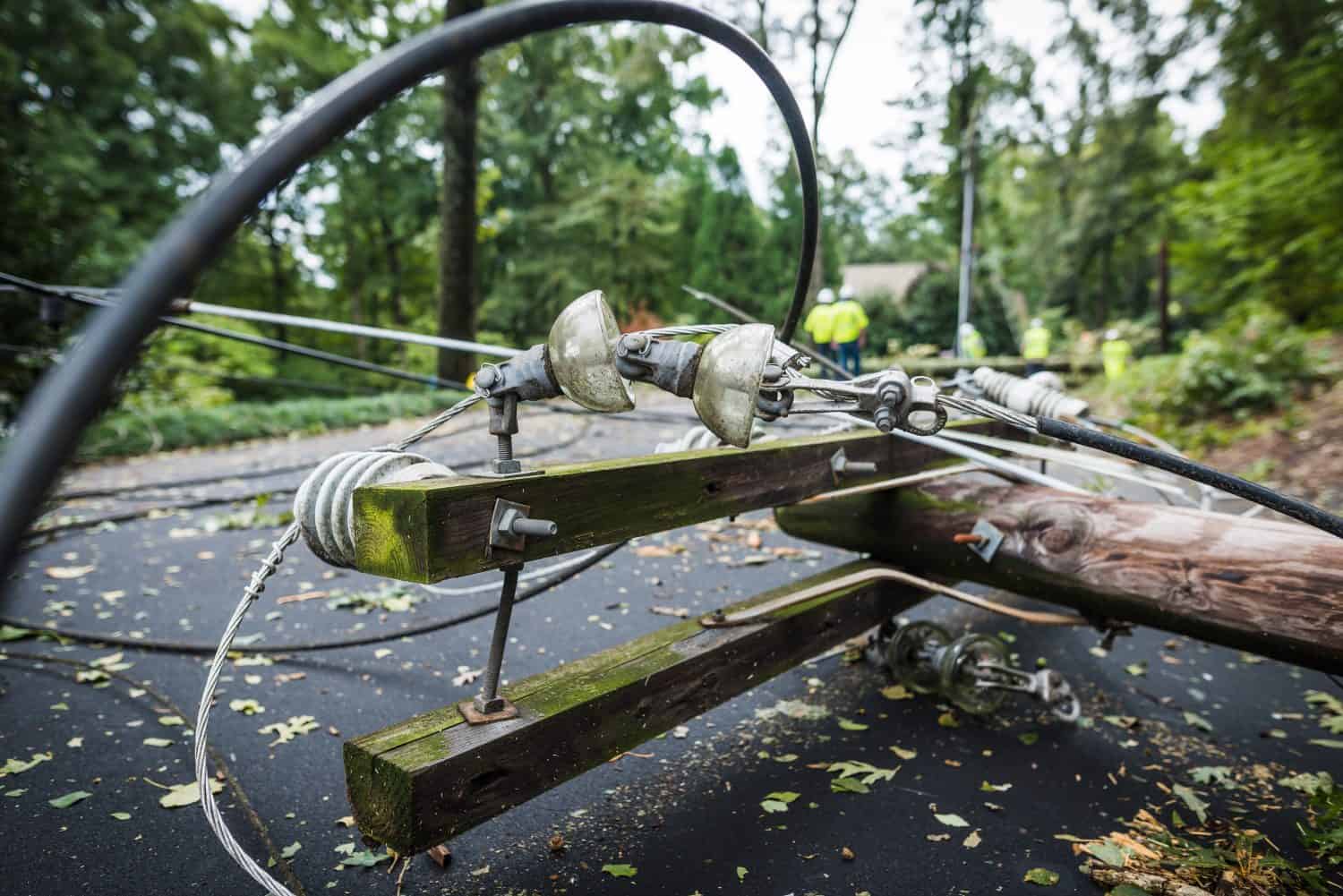
During and after a hurricane, casualties occur from falls, electrocution, carbon monoxide, gas leaks and fires, infections, and medical emergencies like heart attacks. These can happen, of course, for weeks or months later and may exceed the number of direct casualties from the storm itself.
Countries and States with the Most Hurricanes

Hurricanes are at their strongest over warm water and rapidly lose their punch as they move further north and over land. Naturally, the countries and states that experience the most hurricanes are those close to tropical waters, mainly in the Pacific and Caribbean.
The 10 countries that are hit with the most hurricanes annually are: China, the Philippines, Japan, Mexico, the United States, Australia, Taiwan, Vietnam, Madagascar, and Cuba. China experiences the effects of 19 hurricanes a year and Cuba deals with 7, on average.
The 10 most hurricane-prone U.S. states are: Florida, Texas, North Carolina, Louisiana, South Carolina, Alabama, Georgia, Mississippi, New York, and Massachusetts. Florida gets about 7 hurricanes a year. Massachusetts gets one about every 6 years.
The 10 Most Fatal Hurricanes in the World

While Americans understandably pay most attention to hurricanes that hit our own country, the greatest loss of life from these storms by far happens in other parts of the world. No country has experienced more tragedy from tropical cyclones than Bangladesh. 6 of the top-10 deadliest hurricanes in history have affected this small, low-lying, and heavily populated country, causing a total of a million or more fatalities.
| Name | Date | Location | Deaths |
| Great Bhola | 1970 | Bangladesh | 300,000-500,000 |
| Hooghly River | 1737 | India and Bangladesh | 300,000 |
| Haiphong | 1881 | Vietnam | 300,000 |
| Coringa | 1839 | India | 300,000 |
| Backerganj | 1584 | Bangladesh | 200,000 |
| Great Backerganj | 1876 | Bangladesh | 200,000 |
| Chittagong | 1897 | Bangladesh | 175,000 |
| Nina | 1975 | China | 171,000 |
| Cyclone 02B | 1991 | Bangladesh | 138,866 |
| Cyclone Nargis | 2008 | Myanmar | 138,366 |
The 10 Most Fatal Hurricanes in the U.S.
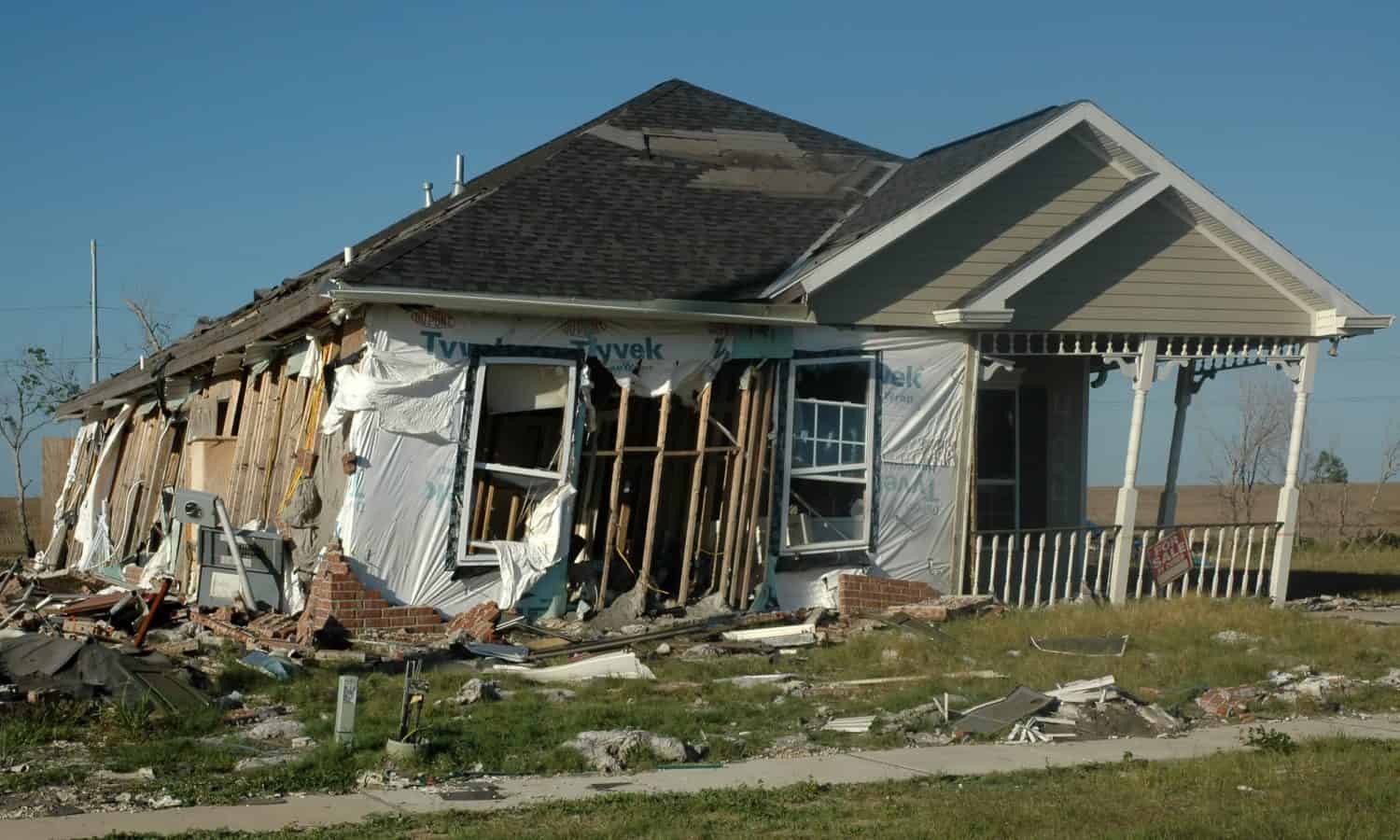
Hurricanes in the U.S. cause fewer fatalities than those in foreign countries, and fatalities have decreased over the centuries. This is because of the comparatively lower population density in low-lying areas, improvements in construction technology, advances in meteorology to give the population warning, advanced transportation infrastructure for evacuation, and emergency medical services to save lives.
| Name | Date | Location | Category | Deaths |
| Great Galveston Hurricane | 1900 | Texas | 4 | 8,000 |
| Lake Okeechobee | 1928 | Florida | 4 | 2,500 |
| Katrina | 2005 | Southern U.S. | 3 | 1,200 |
| Cheniere Caminanda | 1893 | Louisiana | 4 | 1,100 |
| Sea Islands | 1893 | South Carolina, Georgia | 3 | 1,000 |
| (unnamed) | 1881 | South Carolina, Georgia | 2 | 700 |
| Audrey | 1957 | Louisiana, Texas | 4 | 416 |
| Great Labor Day Hurricane | 1935 | Florida | 5 | 408 |
| Last Island | 1856 | Louisiana | 4 | 400 |
| Miami Hurricane | 1926 | Florida, Mississippi, Alabama | 4 | 372 |
The 10 Most Expensive Hurricanes in the U.S.
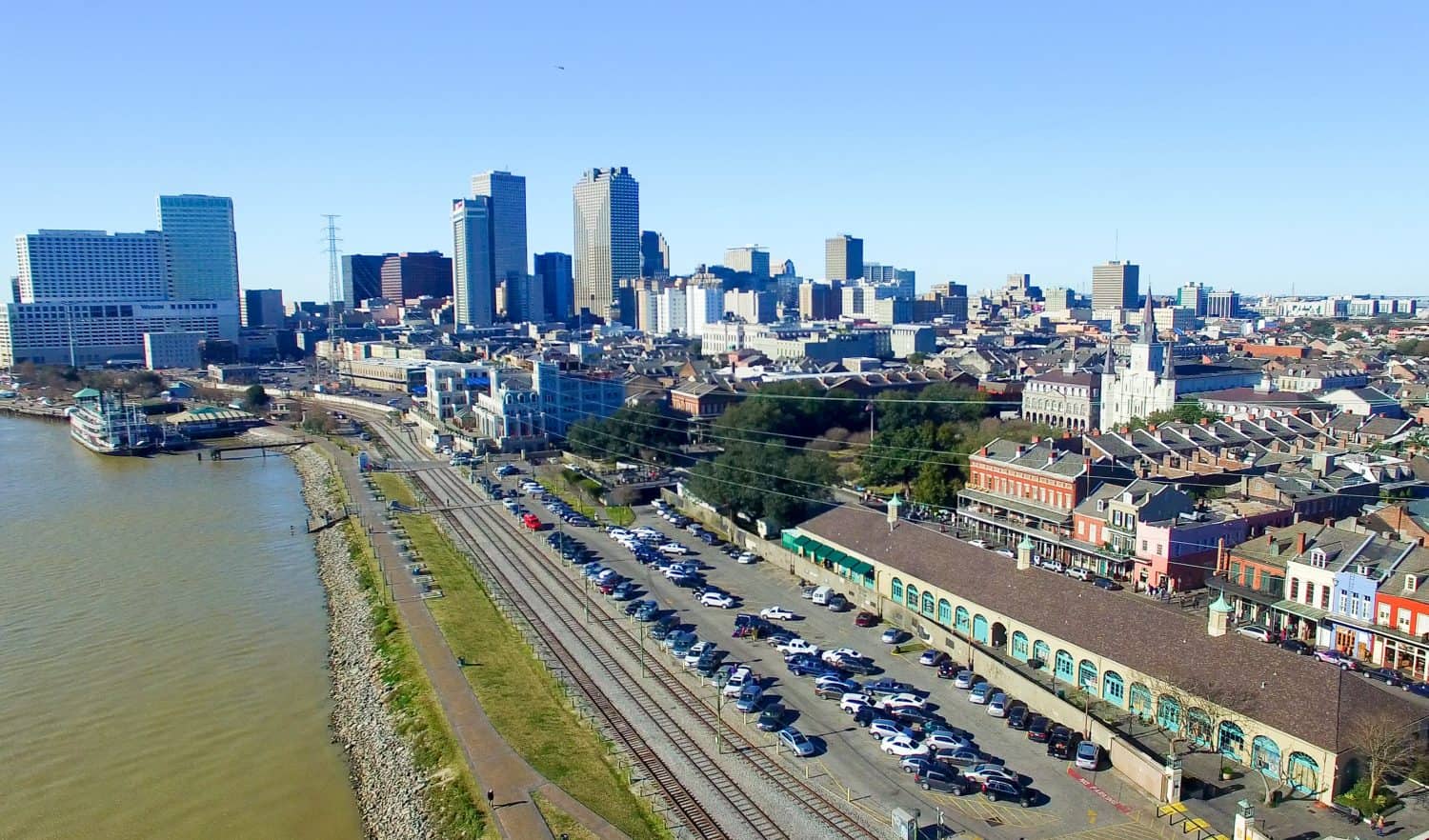
All of the most expensive tropical cyclones in the world have occurred in the United States. This is due to high levels of development in coastal areas such as luxury beach houses and condominiums, high rise office buildings, port facilities, boats, industrial complexes, bridges, roads, and railroads.
| Name | Date | Location | Category | Cost (billions) |
| Katrina | 2005 | Gulf Coast | 5 | $125 |
| Harvey | 2017 | Southern and Eastern U.S. | 4 | $125 |
| Ian | 2022 | Southeastern U.S. | 5 | $113 |
| Maria | 2017 | Puerto Rico and Eastern U.S. | 5 | $91.6 |
| Sandy | 2012 | Eastern U.S. | 3 | $68.7 |
| Irma | 2017 | Eastern U.S. | 5 | $77.2 |
| Ida | 2021 | Gulf and East Coasts | 4 | $75.3 |
| Ike | 2008 | Southern and Central U.S. | 4 | $38 |
| Andrew | 1992 | Gulf and East Coasts | 5 | $27.3 |
| Ivan | 2004 | Gulf and East Coasts | 5 | $26.1 |
Will Hurricanes Get Worse?
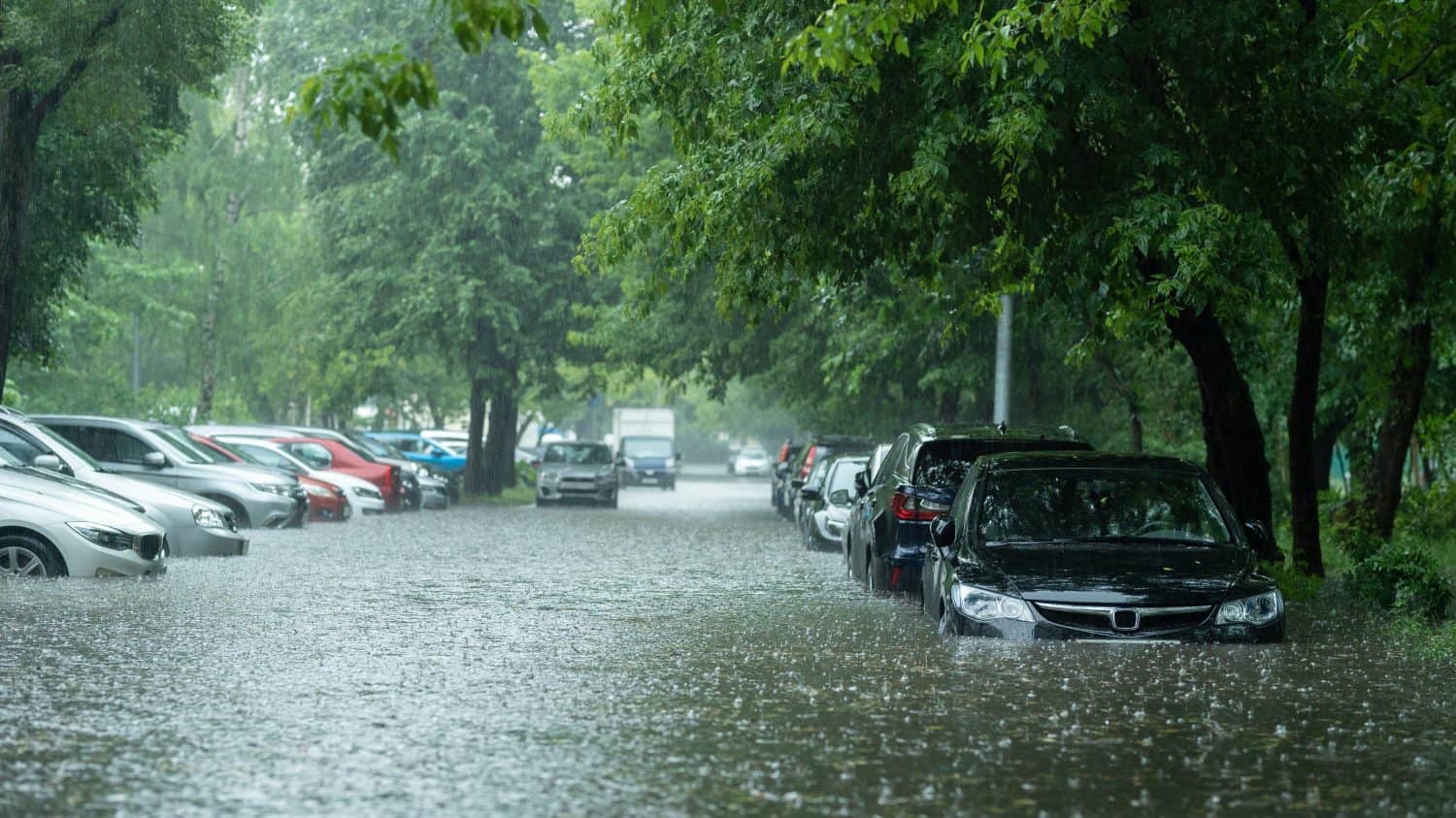
Climate research indicates the number of tropical cyclones is likely to remain about the same until the end of the century, but the number of category 4 and 5 storms could increase. Moreover, warmer temperatures may also cause storms to strengthen more quickly and bring more rain.
Protecting Yourself From Hurricanes
These are some of the recommendations of the National Weather Service to keep yourself safe during a hurricane:
Before a Storm
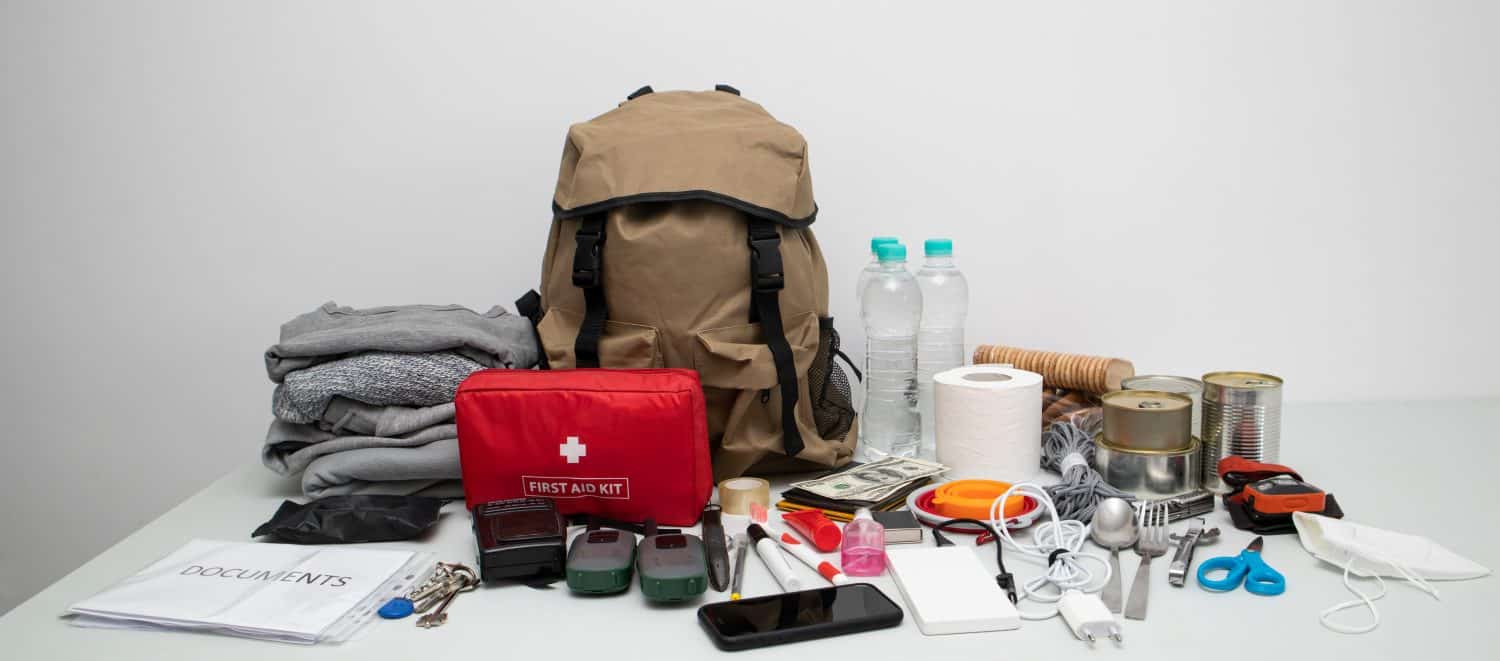
Well before any specific storm is on its way, here are some advance preparations people in hurricane-prone areas can make:
- Review your insurance coverage for your home, vehicles, and other property.
- Find out your hurricane evacuation zone if you live on the Atlantic or Gulf Coast.
- Prepare an emergency supply kit.
- Make a family emergency plan using this fillable online form.
- Research and prepare how to protect your pets during a disaster.
- Review the the meaning of the various National Weather Service storm alerts.
- Prepare and upgrade your home for a disaster.
During a Storm

- Board up windows with 5/8 in exterior grade plywood.
- Monitor the weather using weather apps, local television, the NWS website, or NOAA weather radio.
- Follow instructions by local officials and evacuate immediately if ordered to do so.
- Do not attempt to wade or drive through floodwaters if there is any other option. As little as 6 inches of rushing floodwater can sweep a person off their feet; 12 inches can wash a vehicle away. It’s impossible to tell how deep floodwater is from just looking at it.
- If an evacuation is not ordered, take shelter in a small interior room, closet, or hallway on the lowest level and stay away from windows.
- If the house begins to flood, get to the highest level, but do not go into an attic with no exits, as you could drown.
- Remember if the eye of the storm passes over, the sky will clear but the storm is not over. When the other side of the hurricane reaches you, violent wind will blow from the opposite direction.
After a Storm

- Continue monitoring the news for weather updates.
- Do not return home until local officials say it is safe to do so.
- Watch for debris in the road, downed electrical wires, tree branches, and weakened walls, bridges, and roads that may collapse unexpectedly.
- Be alert for the possibility of displaced wildlife, such as snakes, small mammals, or alligators, taking refuge on your property.
- Stay away from areas with the smell of gas. Use only battery-powered flashlights, not candles.
- Do not use a portable generator inside your home or garage as it can cause carbon monoxide poisoning, one of the most common causes of death after a storm.
Be Prepared

Thinking about natural disasters can be scary, and preparing adequately for them can be expensive. All too often, that means most of us do not take the very basic steps we need to that could save us a lot of hardship and heartbreak later. When you think about it, though, no matter where in the world you live there is the possibility of some type of disaster or emergency. If you live in Florida, at least you don’t have to prepare for life-threatening blizzards, right?
Don’t feel like you have to do everything immediately, but do begin educating yourself and checking off preparation steps one by one. Over time, you’ll likely become the best-prepared family on your block. But more important, you and your loved ones will come safely through the danger and have years of stories to tell your grandchildren!
Get Ready To Retire (Sponsored)
Start by taking a quick retirement quiz from SmartAsset that will match you with up to 3 financial advisors that serve your area and beyond in 5 minutes, or less.
Each advisor has been vetted by SmartAsset and is held to a fiduciary standard to act in your best interests.
Here’s how it works:
1. Answer SmartAsset advisor match quiz
2. Review your pre-screened matches at your leisure. Check out the advisors’ profiles.
3. Speak with advisors at no cost to you. Have an introductory call on the phone or introduction in person and choose whom to work with in the future
Thank you for reading! Have some feedback for us?
Contact the 24/7 Wall St. editorial team.

